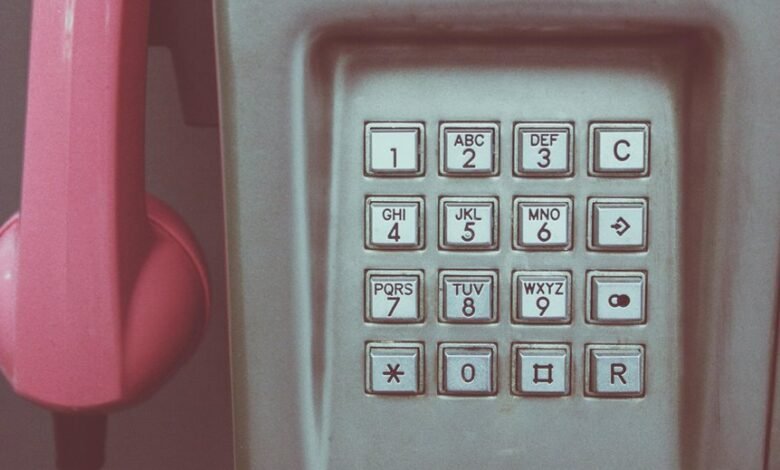Suspicious Call Alerts: 3887222985, 3444792035, 3512782770, 3509446431, 3511090708, 3505652784

Recent analysis of specific phone numbers has revealed alarming patterns indicative of potential scams. Numbers such as 3887222985 and 3444792035 display high call volumes and irregular behaviors typical of automated systems. These behaviors raise significant concerns regarding their legitimacy. Understanding these suspicious call patterns is essential for consumer protection. This discussion will explore the implications of these findings and further examine the notorious numbers involved.
Understanding Suspicious Call Patterns
Although many calls may appear routine, a detailed analysis reveals distinct patterns that characterize suspicious calls.
Specifically, anomalies in call frequency and irregular caller behavior often signal potential threats. High volumes of calls from the same number within a short timeframe can indicate automated systems or telemarketing tactics.
Analyzing the Notorious Numbers
As individuals increasingly report suspicious calls, the need to analyze notorious numbers becomes paramount in identifying and mitigating potential threats.
Caller ID analysis reveals patterns linked to notorious number origins, often associated with fraud or scams.
Tips to Protect Yourself From Scams
To effectively shield oneself from scams, individuals must adopt a proactive approach that encompasses awareness and vigilance.
Employing scam identification techniques, such as verifying caller authenticity and recognizing red flags, is essential.
Furthermore, prioritizing personal information safety by avoiding unnecessary disclosures and utilizing secure communication channels enhances one’s defenses.
Awareness of common tactics employed by scammers ultimately empowers individuals to safeguard their interests effectively.
Reporting Suspicious Calls
Reporting suspicious calls is a critical step in mitigating the risks associated with scams. Adhering to established reporting procedures enhances the effectiveness of consumer protection efforts.
Individuals should ensure accurate call documentation, including caller ID, timestamps, and conversation details. This information aids authorities in identifying patterns and perpetrators, ultimately fostering a safer communication environment and empowering individuals to reclaim their autonomy against fraudulent activities.
Conclusion
In conclusion, the prevalence of suspicious calls from numbers such as 3887222985, 3444792035, and others underscores an alarming trend that threatens consumer safety. These calls, akin to a relentless swarm of digital locusts, seek to exploit unsuspecting individuals. Awareness and vigilance are paramount; verifying caller authenticity and reporting dubious numbers can significantly mitigate risks. As technology evolves, so too must consumer defenses to safeguard against these insidious tactics employed by fraudsters in today’s interconnected landscape.




